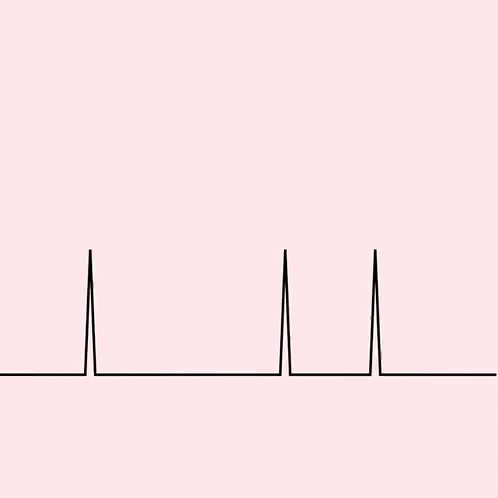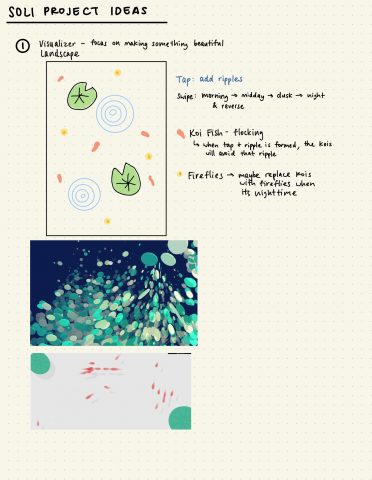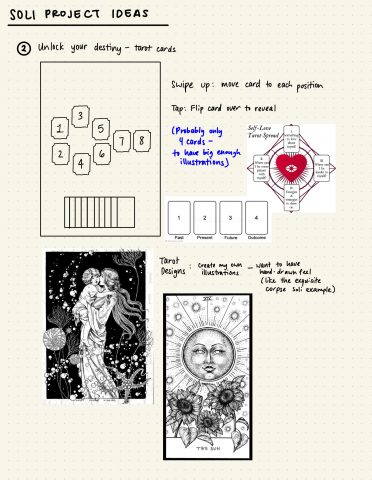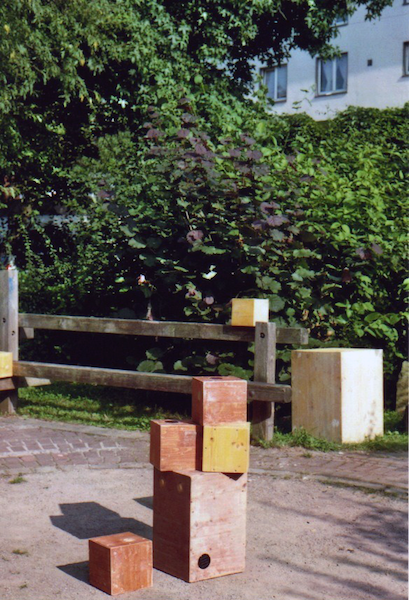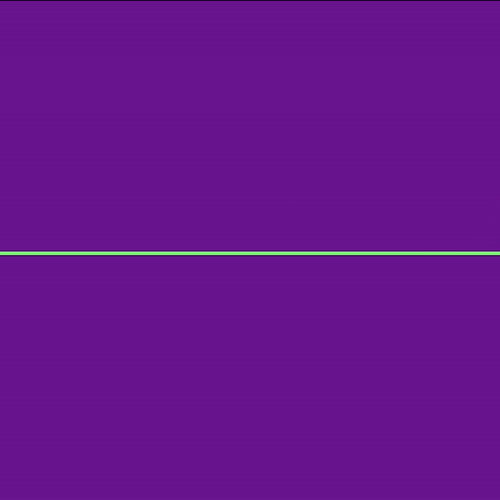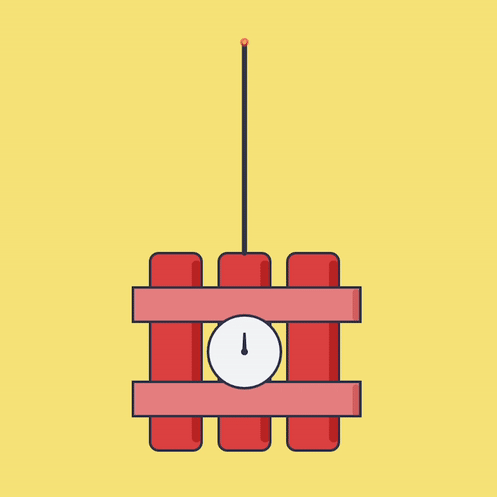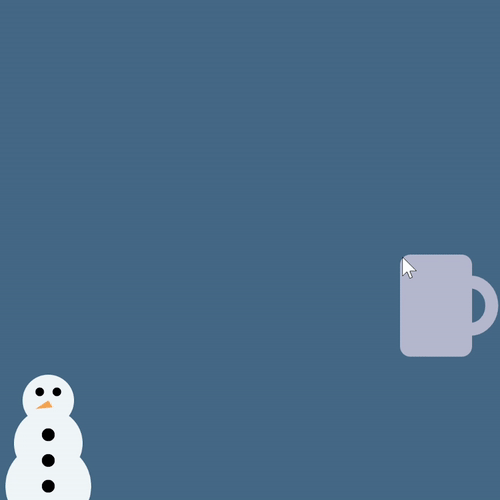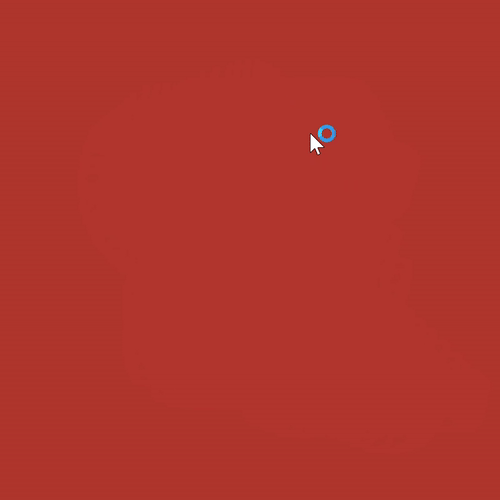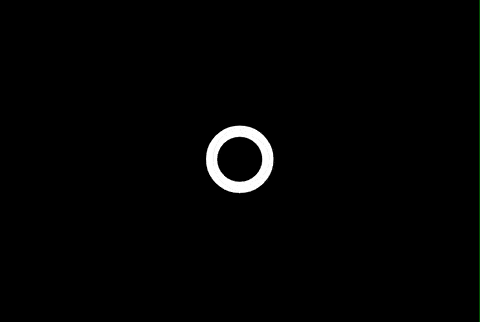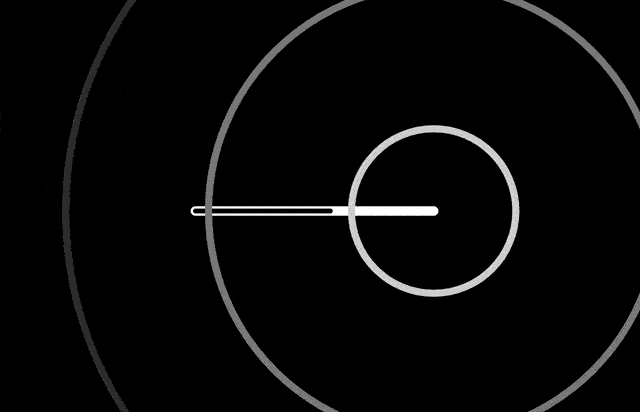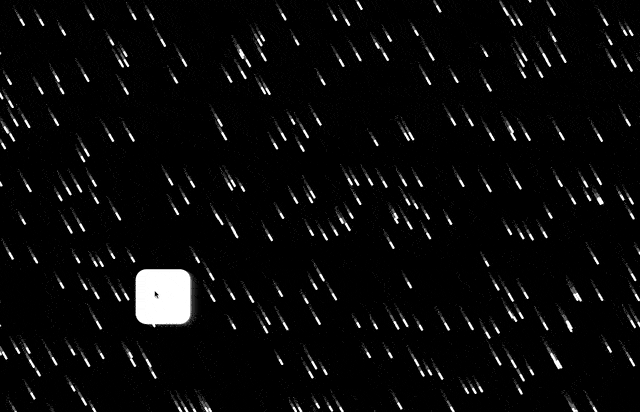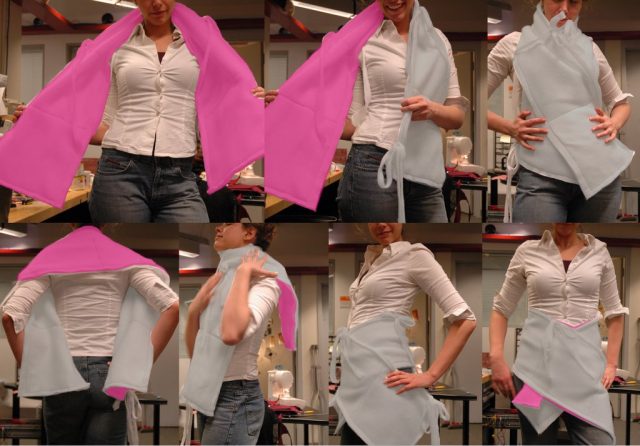
“Taptap” is a physical computing project created by Leonardo Bonanni, Jeff Lieberman, and Cati Vaucelle. It is a wearable scarf that uses haptic input/output modules to record and play back nurturing human touch. Taptap can be personalized for individuals and its creators thought that it could provide emotional therapy. The idea of using technology to provide emotional comfort that feels real and substantial is something that interests me, especially during the pandemic when we are more isolated. The emotional comfort that could be provided by this project comes from recreating human connection and emotion; it’s not just a gimmick or distraction.
